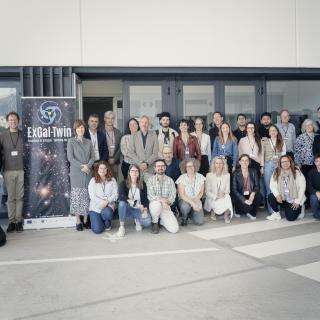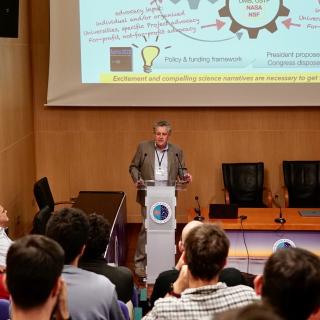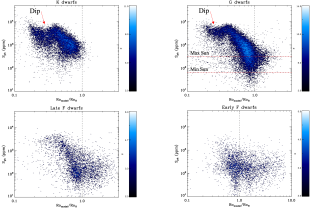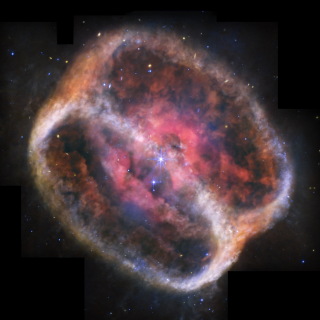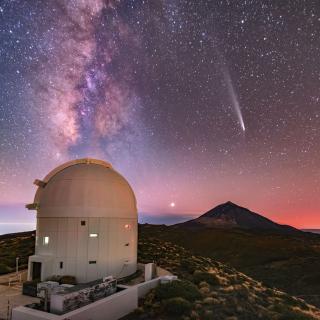
Con motivo de la celebración del Día Mundial de la Tecnología Cuántica (14 de abril de 2025), el Instituto de Astrofísica de Canarias (IAC) organizó la jornada “Quantum Computer Master class”, una actividad formativa dirigida al profesorado de secundaria y formación profesional. El evento tuvo como objetivo el acercar los avances y aplicaciones de la tecnología cuántica a la comunidad educativa y fomentar el desarrollo de la sociedad del conocimiento en las Islas Canarias.
Advertised on
